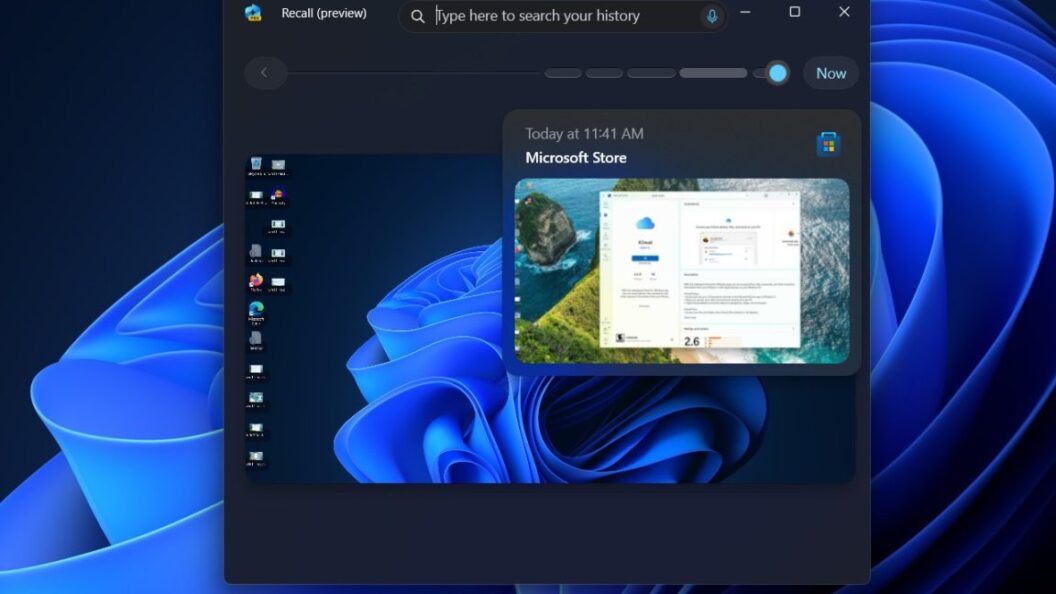Contrasting Federal Funding and University Autonomy: A Harvard Case Study
In an escalating tension between the Trump administration and higher education institutions, Harvard University recently found itself at the center of a federal funding controversy. Allegations claim that the federal government has not only threatened to withhold substantial research funds but has also sought to impose specific reforms on universities as a precondition for financial support. This situation highlights the ongoing debate regarding the autonomy of educational institutions versus governmental control.
Federal Demands and University Responses
On April 11, the Trump administration transmitted a list of stipulations it claimed were essential to maintain Harvard’s financial relationship with the federal government. These demands included significant alterations to the university’s policies on diversity and admissions, alongside a directive to provide data on faculty and students for federal auditing. Harvard officials characterized these demands as an overreach that could compromise the university’s independence. They asserted that acquiescing to the government’s requests would equate to a “takeover” of institutional governance.
Harvard’s immediate response was to publicly oppose these conditions. The institution transformed its homepage into a platform detailing potential research losses associated with the threatened funding cuts, underscoring the critical role of federal support in advancing academic inquiry and innovation.
Impact on Diversity Initiatives
Among the administration’s most contentious stipulations was the instruction to eliminate diversity efforts in admissions and hiring. The demands aligned with the administration’s broader political agenda, which appears to prioritize a vision of inclusion that excludes certain ideological perspectives. Critics argue that requiring universities to defund pro-Palestinian organizations and to ensure student bodies reflect acceptable American values crosses a line into ideological enforcement.
In addition to restrictions related to diversity, the federal demands encompassed other elements of cultural discourse, including a proposed ban on mask mandates and the restriction of "de-platforming" speakers on campus. Furthermore, the administration requested that all faculty hires undergo screening for plagiarism—a matter that had previously led to controversy and ultimately prompted the resignation of Harvard’s former president.
Controversies and Broader Implications
While the Trump administration maintains these measures are designed to combat antisemitism and extremism, many critics view them as politically motivated maneuvers that undermine academic freedom. This tension raises critical questions about the role of federal funding in higher education: Should research institutions be compelled to conform to specific governmental agendas in order to access crucial resources?
The situation has elicited reactions across the academic community, with wider implications for universities nationwide. If the administration successfully implements these demands at Harvard, other institutions may face similar pressures to align their practices with federal expectations, fundamentally reshaping the landscape of higher education governance.
Conclusion: Navigating Future Challenges
The ongoing conflict between Harvard University and the Trump administration encapsulates broader issues surrounding federal influence in academia. As universities grapple with the implications of these federal demands, the outcome of this situation will likely serve as a precedent for future interactions between educational institutions and government entities.
This controversy not only emphasizes the fragility of academic freedoms in the face of governmental power but also raises significant concerns regarding the potential for ideological compliance in research and education. As debates continue, the arts, sciences, and social disciplines may be profoundly impacted by the shifting dynamics of funding and autonomy, with long-term repercussions for how knowledge is created and shared in America.












